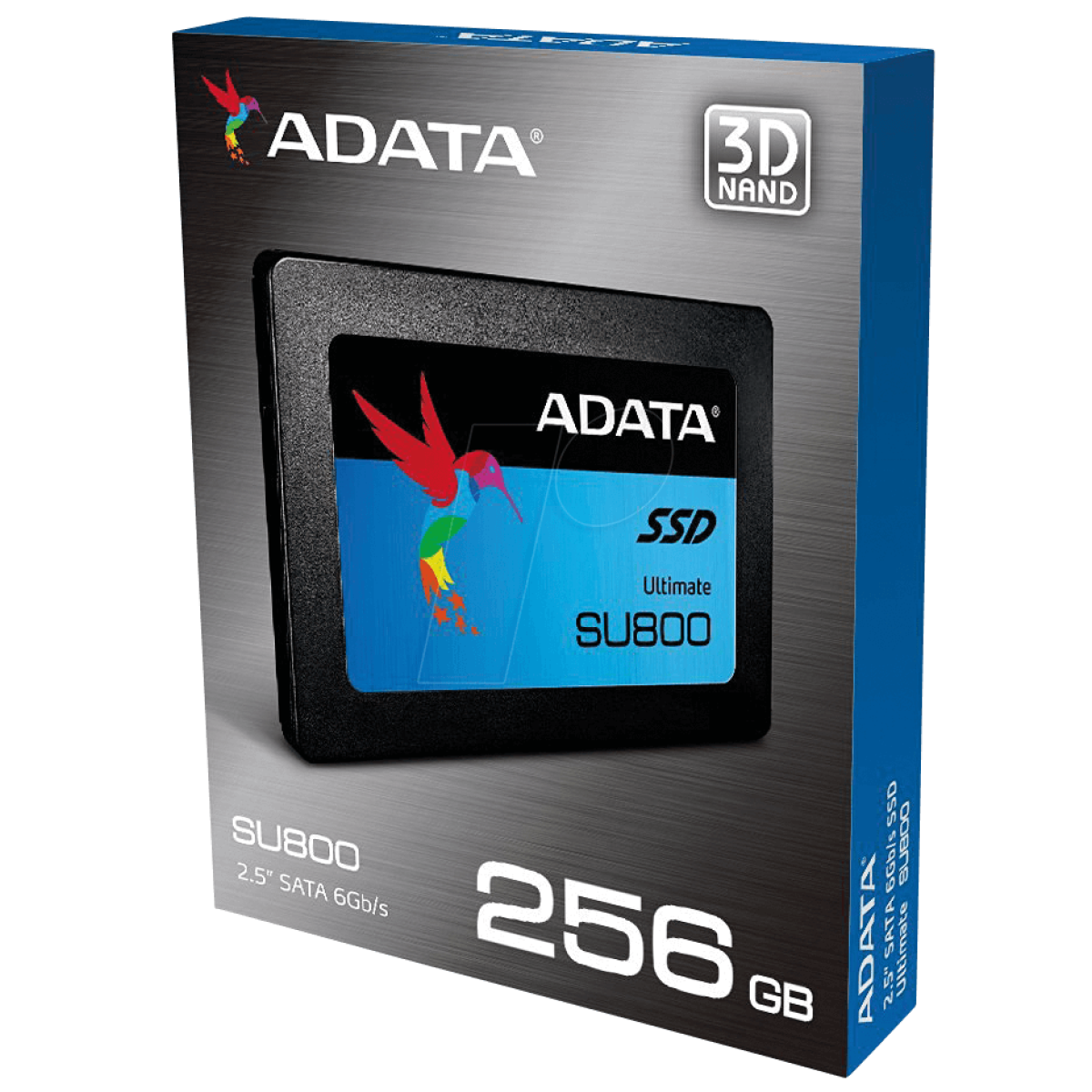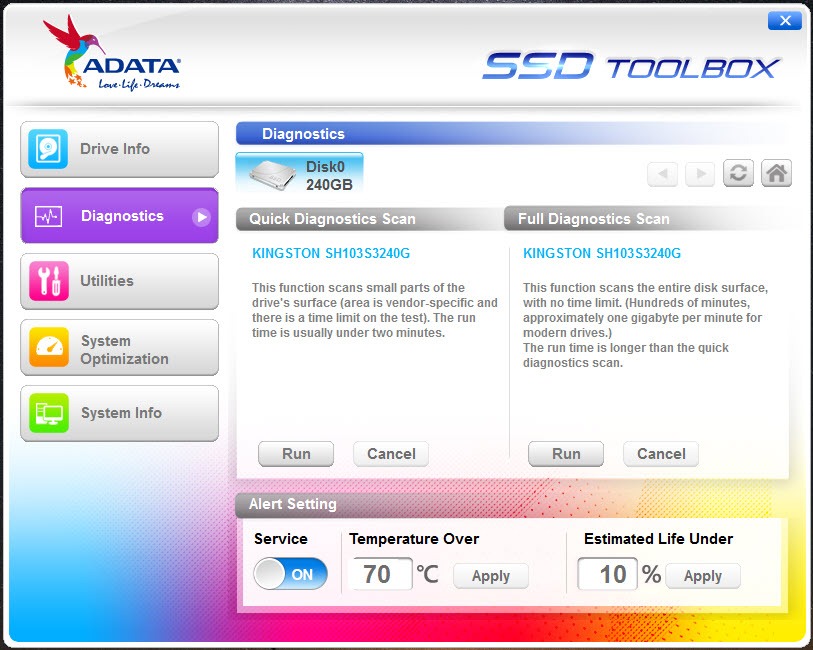

This includes using first- and third-party cookies, which store or access standard device information such as a unique identifier. If you agree, we’ll also use cookies to complement your shopping experience across the Amazon stores as described in our Cookie Notice. We also use these cookies to understand how customers use our services (for example, by measuring site visits) so we can make improvements. That's why i said, check for firmware updates.We use cookies and similar tools that are necessary to enable you to make purchases, to enhance your shopping experiences and to provide our services, as detailed in our Cookie Notice. But usually, you can also use normal SSDs (if they didn't mess up in the SSD firmware). With RAID1, it can sometimes be better to use special SSDs meant for a NAS/RAID setup, the most popular of those is the Western Digital Red SN700 SSD. But of course, if you want to use RAID, doing the above should make it work. It would be better to make lots of backups if the files are very important. I wrote in the post i linked that even RAID1 doesn't make that much sense, because it actually doesn't protect you a lot.

SSDs need to be in chipset-controlled ports Check in Windows for SSD firmware updates using ADATA's SSD Toolbox
Adata ssd toolbox raid update#
Update BIOS with the latest version from Įxtract the BIOS file onto a USB stick, reboot, enter BIOS, enter M-Flash and update with the file from the USB stick. This means, if you insist on a RAID, don't use M2_1 with it. If you don't have a specific workflow that relies on high thruput rates from the RAM to the RAID and vice versa, then this won't be much faster than a single drive in real-world scenarios.ģ) For the RAID to work in the first place, you have to use two M.2 slots which are provided by the chipset, not by the CPU. It's basically just a method to get higher numbers in theoretical benchmarks. No M.2 slot is below PCIe 3.0 x4 speed.Ģ) RAID with SSDs is mostly useless, see here. The SSD is also listed as "PCIe 1.0", so something is very wrong there. You should check for SSD firmware updates with ADATA's SSD Toolbox.
Adata ssd toolbox raid free#
Feel free to ask any questions you might have.Įven on the vertically-taken photo with cut off information, i can see a couple things wrong:ġ) ADATA SSDs and MSI boards sometimes don't mix well and can cause problems, see here. That should give you enough to work with. For more explanations, read my thread: RAM explained: Why two modules are better than four / single- vs.

With DDR5, you should use nothing other than two identical modules, it doesn't like anything else very much.
Adata ssd toolbox raid software#
If some software that you use absolutely needs more than 32 GB, then you should go directly to a 2x 32 GB kit.

The additional capacity usually achieves nothing for performance, it only causes problems. With two uneven or with three modules, the part of one module or the third module will be addressed in single-channel mode, while simultaneously ruining the memory system's electrical properties, and will often confuse the memory system to the point where everything runs slower. You should use one kit of two identical modules only. This means you either have 1x 32 GB paired with 1x 16 GB (bad) or a kit of 2x 16 GB and another 1x 16 GB added to it (also bad). 4) Old BIOS version, must be 7D32vA4, looking at the part of the build date that i see.


 0 kommentar(er)
0 kommentar(er)
